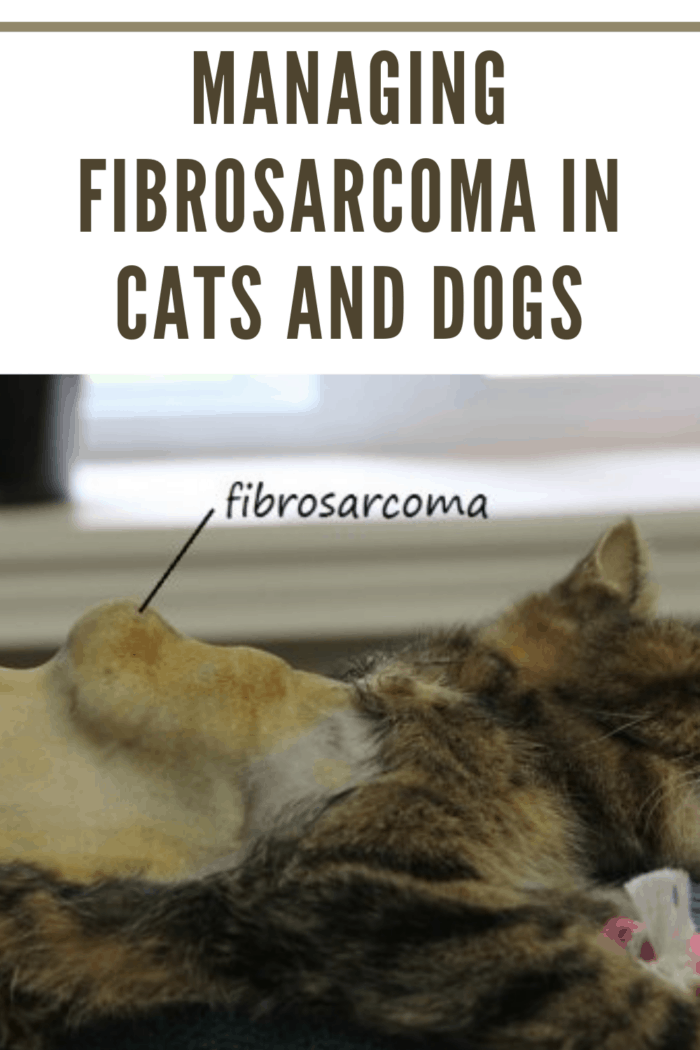fibrosarcoma in cats mouth
Nasal and paranasal fibrosarcoma is characterized by a malignant tumor based in the connective tissue of the nasal passage or in the surrounding area. 1 Squamous cell carcinoma SCC arises from the normal squamous epithelium of the oral cavity.
Oral Tumors In A Cat In Southwest Florida
Loose teeth could be indicative of bone destruction due to the tumor.

. Oral fibrosarcomas are the second most common malignant oral tumor in cats. Oral fibrosarcoma will often look surprisingly benign. Feline oral squamous cell carcinoma FOSCC is the most common oral tumor in cats accounting for 70 to 80 of all oral tumors.
They are most commonly associated with the rabies vaccine and the vaccine for feline leukemia virus. Cats that are afflicted with gingival fibrosarcomas are on average seven and a half years old but these tumors have been seen in cats from the age of six months to fifteen years. Both of these tumors are locally aggressive can grow to a large size very quickly ulcerate and cause considerable pain.
Fibrosarcomas form in the skin subcutaneous tissue the layer underneath the skin or oral cavity mouth. They arise as masses in the mouth more commonly than in the legs. They arise as masses in the mouth more commonly than in the legs.
Following removal of fibrosarcomas from the pinna or flank in 6 cats none died as a result of. Fibrosarcoma is often caused by a tumor that forms at the injection site of a vaccine. The most common location for a fibrosarcoma of the the mouth is in the gums gingiva.
Vaccine associated fibrosarcomas are tumors that arise at sites where cats have been vaccinated. The second most common is fibrosarcoma. Treatment involves surgical removal of the tumors and radiation treatment may be considered if surgery is incomplete.
Most common skin tumor in the cat in some surveys. In cats fibrosarcomas arise most commonly from a point on the body where a vaccine has. Fibrosarcoma in cats fibrosarcoma can appear anywhere as it is a tumor that develops in the subcutaneous tissue and then in the muscles of the body.
Fibrosarcomas also known as fibroblastic sarcomas are malignant tumors derived from the fibrous connective tissue. How is the diagnosis of oral fibrosarcoma made in cats and dogs. Fibrosarcoma is an uncommon type of cancer to affect the bone.
In the canine fibrosarcomas most commonly arise from the mouth from inside the jaw bone. Call 530-752-1393 to schedule an appointment with the Oncology Service. The underlying cause of carcinogenesis is unknown but potential risk factors include.
It is a mass that usually occurs in the skin of a cat at the site of an injection or vaccination. May be at injectionvaccination site Feline injection-site associated sarcoma in USA - between scapula femoral areahind leg. The most common oral tumor seen in cats is squamous cell carcinoma.
In-depth Information on Bone Fibrosarcoma in Cats. Gender appears to play some role with male cats being seen for gingival tumors more often that female cats. Cats can develop symptoms as a side effect of a vaccination which then develops into more concerning symptoms signaling that something isnt right.
Can occur at sites other than the skin - nasal and oral cavities bone spleen eye. Fibrosarcoma in dogs is often found in the mouth particularly the jaw and on the limbs. These tumors arise from the connective and fibrous tissues of the oral cavity.
Diagnosis may be performed through fine needle aspiration or biopsy. These tumors may spread to the underlying bone causing pain. Fibrosarcoma is a type of tumor that arises out of bone and connective tissue in dogs and cats but these tumors are far more common in dogs than in cats.
They are the most common type of soft-tissue sarcoma tumors in cats and are also frequently observed in dogs. Forty-four cats from which fibrosarcomas had been excised were studied for a minimum of 3 years of until death. Two factors tumor site and mitotic index were found to be of prognostic significance but tumor size duration of growth and histologic appearance were not.
Typically by the time the tumor is found it has metastasized dangerously but that is not to say that it cannot be treated satisfactorily. A potential sign is that the tumor does not resolve itself and instead grows. Neoplastic proliferation of connective tissue.
Subset of sarcomas Sarcoma. This disease is fairly rare in cats. They arise as masses in the mouth more commonly than in the legs.
Symptoms of increased salivation drooling facial swelling mouth bleed weight loss foul breath oral discharge difficulty swallowing or pain when opening the mouth. FSA generally occurs in older cats median age 10 12 years however cats as young as one year of age and as old as 22 years have been reported. They are often very difficult to distinguish from the more common bone cancer osteosarcoma when small biopsy samples are evaluated.

The Manypets Guide To Cancer Treatment In Cats

Wooooooooooooooooooow Cute Puppies Golden Retriever Weird Animals

Fibrosarcomas In Dogs Vca Animal Hospital

Fibrosarcoma In Cats And Dogs Petcarerx
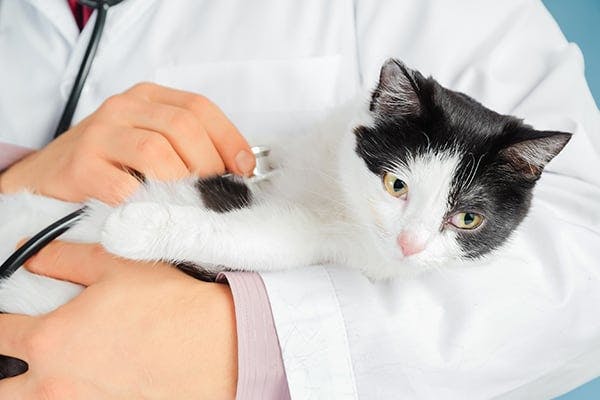
Fibrosarcoma In Cats Symptoms Causes Diagnosis Treatment Recovery Management Cost
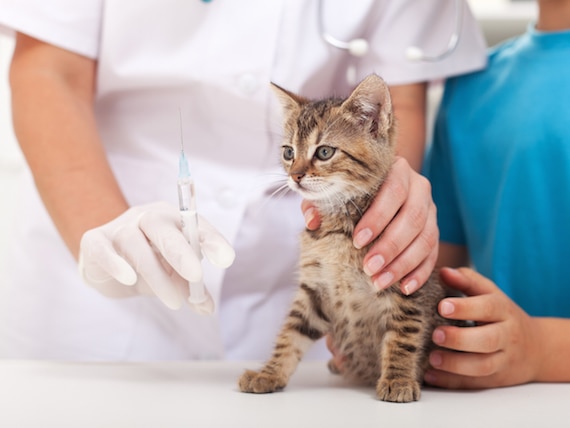
The Frustrating Vaccine Related Fibrosarcoma Injection Site Sarcomas Iss In Cats Petmd

Common Oral Tumors In Cats And Dogs Vet In Aurora The Animal Dental Clinic
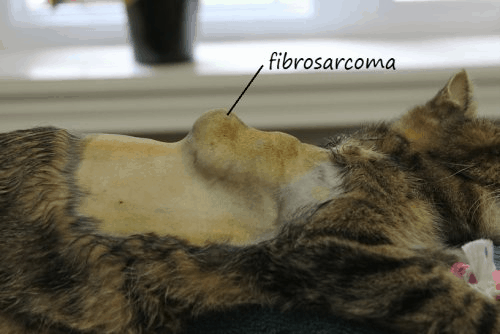
Managing Fibrosarcoma In Cats And Dogs Mommy S Memorandum
4 Things You Should Know About Feline Fibrosarcoma Homeoanimal Com
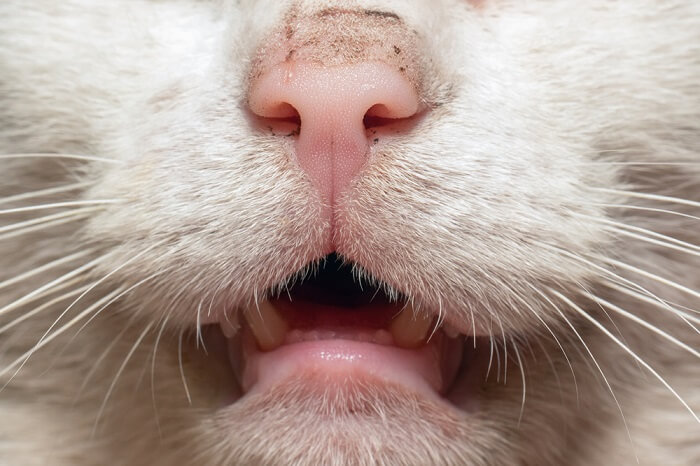
Mouth Cancer In Cats Causes Symptoms Treatment All About Cats

Mouth Cancer Gingiva Fibrosarcoma In Cats Petmd

Mouth Cancer Gingiva Fibrosarcoma In Cats Petmd

Fibrosarcoma Soft Tissue Sarcoma International Cat Care
Oral Tumors In A Cat In Southwest Florida

Tuffy Yellow Lab Currently Pregnant Due May 7 2014 Golden Retriever Labrador Tuffy

/GettyImages-11673268481-ff230807a7e04e2db8e38e148edb19a5.jpg)

